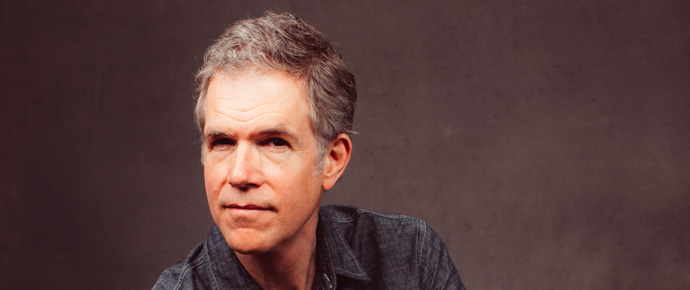
“I like the rules. I think you know how I feel about that.” – Fake Santa in Santa Clause 2
In the 1970s, once bluegrass music had evolved into its own genre, with its own festival circuit, its own record labels, and its own publications, a set of rules became established to help us differentiate bluegrass music from other genres, especially other forms of country music. These rules mainly involved what kind of instruments the music could and couldn’t have, because those were rules easiest to articulate and understand (and if necessary, enforce). Rules about how those instruments could be played, or what singing style was or wasn’t appropriate to the music were a little more of a murky area. To this day we love to argue about these things (and when I say “we,” I really mean “people with too much time on their hands”).
Take the argument about drums in bluegrass, for example; the view that many hold today is that drums don’t belong in bluegrass music under any circumstances: “There are no drums in bluegrass.” It’s an easy enough rule to draw up, since Bill Monroe didn’t use them in 1946-47 with Lester and Earl, etc. Neither did the first generation of bands that followed, at least not for a while. What prompts debate about this is the fact that almost every first generation bluegrass act did use drums just a few years later, some, like Jimmy Martin, throughout most of their careers. Apparently no one briefed them on this rule, probably because there weren’t rules like this in 1958. To complicate matters, Bill Monroe himself used drums on a lot of his recordings throughout the 1950s, but this is disputed, too, by those who say that it doesn’t count because the drum was played by the bass player, Ernie Newton, who had it mounted on his bass. To me—not to take sides here or anything—that’s a little like saying Doc Watson wasn’t playing harmonica on his recordings because he was also playing the guitar and the harmonica was hanging on his neck.
These are the kinds of arguments these bluegrass rules generate, and we spend valuable time debating them, time that could be better spent solving the problem of global terrorism, helping to feed hungry children, or doing our own truss rod adjustments.
I would prefer not to open or reopen any of these discussions (ever), but for those who love rules, I present a partial list of some new bluegrass music rules that I hope are much more cut and dried. It’s my hope that these aren’t the kinds of rules that lead to more debates like whether the dobro is really a bluegrass instrument, or whether or not Bill Monroe could have started bluegrass music without the banjo.
Bluegrass Rules for 2019:
- Every slow song performed by a bluegrass band must be preceded by the statement, “we’re going to slow things down just a little.”
- Unless you’re Doyle Lawson and Quicksilver, no matter how simple your band name is, a festival M.C. will always be capable of messing it up in your introduction.
- Related rule: No matter what your band name is, it will always be abbreviated to the first name of the band leader plus “and them,” e.g. “Doyle and them,” “Russell and them,” “Rhonda and them,” etc.
- Every bluegrass musician and fan of bluegrass believes that he or she can imitate Bill Monroe talking.
- In modern bluegrass songwriting, “Grandpa” is the new “Mother.”
- There are fewer than five appropriate bluegrass songs for a wedding, and most bands hired to play weddings do 12 to 25 songs.
- The first question at any songwriting workshop will always be “which do you write first, the music or the lyrics.” The question is never really answered.
- If you still have cell service, you haven’t yet arrived at the festival.
- Will the Circle Be Unbroken must finish every finale/encore/jam session on stage. Only the first two verses may be sung. Repeat if necessary (and it will be necessary). Exception to rule: if Sam Bush is present, the finale must be a song by The Band.
- Every traditional bluegrass festival must feature at least one band wearing dark suits in 98 degree weather.
- Every progressive, mixed-genre festival must feature at least one band performing barefoot.
- Bluegrass music will always be the last genre of music to completely accept a new music format, like the CD, or the digital download. As evidence, the phrase “long play album” was still being used in stage patter as recently as 2015.
- No matter how famous a bluegrass artist you may be, when you meet a stranger who finds out that you’re a professional musician, and they ask, “would I have heard of you?” the correct answer is always “no.”
- The larger the jam session, the louder everyone plays.
- There’s nothing quite as beautiful as a small 5:00 a.m. jam session under a tree at a bluegrass festival (unless you’re the one in the tent nearby trying to sleep).
It is my hope that these are all identifying principles of our music today we can all agree on, but if not, feel free to debate them in comments below. I won’t participate.




